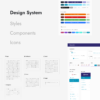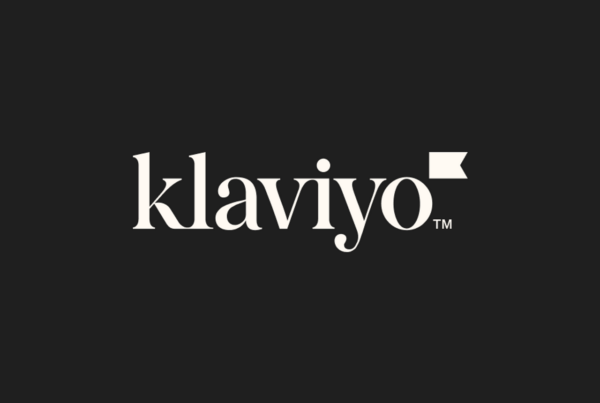In the dynamic world of design, not every project we undertake will result in success. There can be times when, despite our best efforts, the outcome doesn’t meet the expectations. However, it’s these experiences that often offer the most valuable lessons. Today, I want to share an account of one such project I led a few years back – a design project that didn’t quite hit the mark but taught me invaluable lessons.
The Project
Our task was to streamline the checkout process for an ecommerce platform. The goal was to make the process more intuitive and user-friendly, ultimately boosting conversion rates. Following a thorough research phase, we developed multiple prototypes and, brimming with confidence, launched the new design.
However, instead of seeing an uptick in conversion rates as we had anticipated, there was a noticeable decline. It was clear that something had gone awry.
Identifying the Missteps
On analyzing what went wrong, I identified three major pitfalls:
- Overcomplication: In our enthusiasm to enhance the user experience, we added too many features. This ended up overwhelming users rather than assisting them, making the checkout process more confusing than it was before.
- Assumption-Based Design: In hindsight, we realized that we had relied too heavily on assumptions about what users wanted, rather than basing our decisions on actual user feedback.
- Inadequate Testing: We had been so confident in our design that we didn’t conduct enough user testing before launching it. As a result, we failed to identify and address the issues that later became glaringly apparent.
Lessons Learnt
This experience, while initially seeming like a setback, taught me three important lessons:
- Simplicity Wins: No matter how innovative the features might seem, users ultimately prefer designs that are straightforward and intuitive. Less is often more when it comes to design.
- User-Centric Approach: It is essential to always base design decisions on user feedback. What works in theory may not always work in practice. The users are the best judge of what they need, and their feedback is invaluable.
- Thorough Testing: Extensive user testing is crucial before launching any design. It allows us to identify potential issues and fix them before they affect the end user.
Wrapping Up
In the end, failures aren’t setbacks but stepping stones towards growth. They teach us, refine our approach, and ultimately make us better designers. This experience served as a reminder of the importance of simplicity, the value of user feedback, and the need for thorough testing.
I hope that by sharing this story, I can help other designers turn their own design failures into learning opportunities. I’d love to hear your experiences and lessons learnt from design projects that didn’t go as planned. After all, we learn not just from our own mistakes, but from others’ as well.














